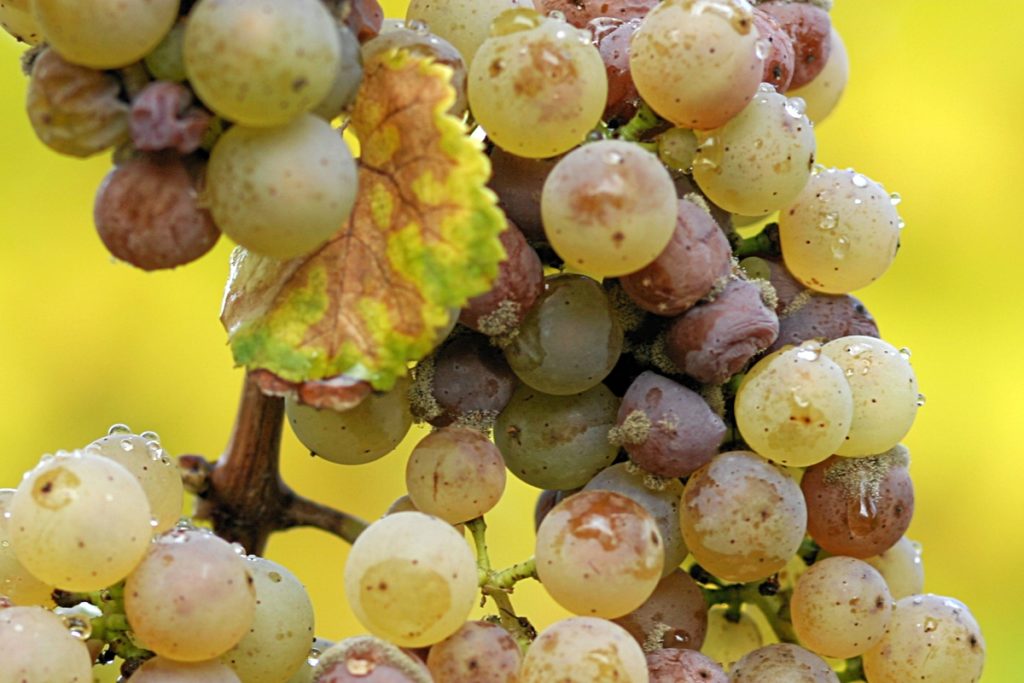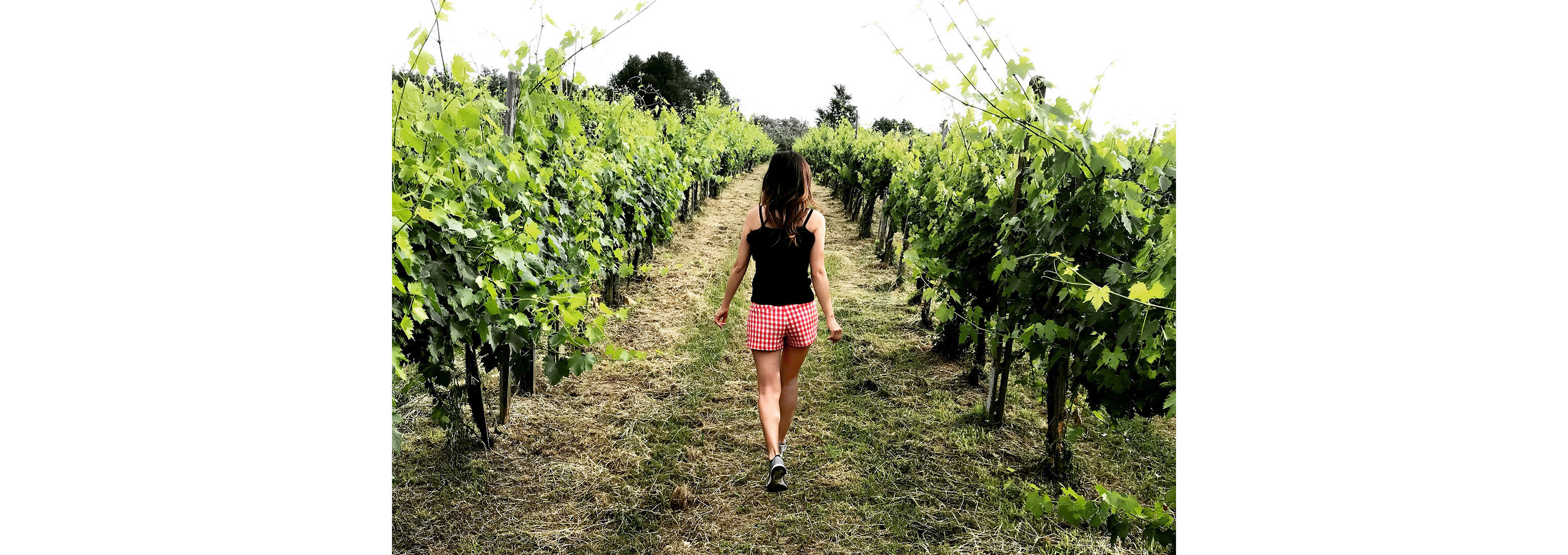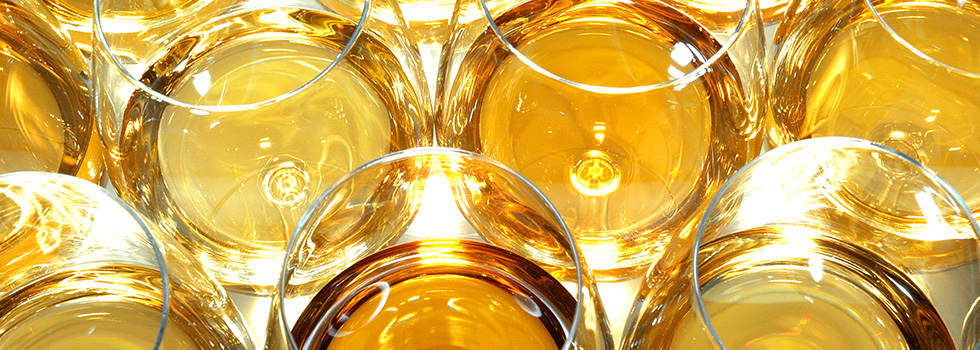In all of Bordeaux, wines can be compared amongst each other and even preferred to one another, but Sauternes is different. As one of the world’s longest-living wines, this sweet, sensual, richly textured flower-scented, luminous liquid gold is often underappreciated yet incomparable.
The success of Sauternes depends on the microclimate in the southern part of Graves and a fungus that would seemingly be harmful to the grapes. Yet chateaux owners sit on pins and needles each season in hopes their bunches will decay and turn into furry raisins, just to produce the miniscule amount of liquorous juice.
Sauternes and neighboring Barsac are two places in the world devoted to producing sweet wines. It takes just a sip to create a convert. They are luscious without being too cloying, honey-tasting but not like candy.
“The beauty of Sauternes is many things,” says Jessica Waugh, assistant director of wine education at Southern Glazer’s Wine and Spirits of Nevada. “This style of wine can only be made in the most magical of places and in the most perfect of vintages.”
Making Sauternes and Barsac begins with Semillon grapes and to a lesser extent, Sauvignon Blanc. They are left on the vine in hopes of becoming infected by a benevolent fungus called botrysis cinerea — also known as noble rot. Located in the deepest south of all the important regions of Bordeaux, Sauternes and Barsac are ideally situated for misty nights and warm days.

This combination encourages the fungus to grow, puncture the skins and seek water to germinate. The berry begins to evaporate and the juice in turn becomes progressively concentrated in sugar. In an ideal situation, the intention is for the bunches to become botrytized evenly. But there is also a race against winter, as each day closer to the next season increases the loss of crop, ruining any chance of making any wine at all.
The handpicked grapes are brought into the cellar where they are painstakingly pressed because they are so dehydrated, then transferred to oak barrels for fermentation. The costs of this diligently made nectar are correspondingly high and even the finest Sauternes can be among the least profitable wines for the grower. Yet producers continue to make this luxurious wine.
“Another beauty of this wine is that because of all of its attributes, it is extremely age worthy,” says Waugh. “I’ve had Sauternes from the early 1900s and they are still singing and can lay down for many, many more years!”
Waugh recommends Sauternes with blue cheese, foie gras or with dessert — or even as dessert itself. “The sweetness is also the best pairing for spicy food to cool down your palate between bites.”
Among the exceptional Sauternes producers to try are Château Roûmieu Lacoste, Château Guiraud, Clos L’Abeilley, Château Lafaurie-Peyraguey, Château Climens and the world-famous Château d’Yquem. In his preface to the the book Yquem by Michel Guillard, Frederic Dard describes a sip of what is arguably the best known sweet wine — Chateau d’Yquem Sauternes — as “the silence that follows a piece by Mozart, in which the listener remains suffused with the music.”
The prices of Yquem and other top performers of fine Sauternes are rising. But wine drinkers have yet to realize just how underpriced great sweet wines from Bordeaux can be when compared to their red-hued counterparts.
Once venerated as ultimate pleasure, Sauternes truly are the product of arduous labor and the luck of the vintage. Their place remains on the table as evidence of great fortune and a heightened perception of the sweetness of life.
Originally published in CLASS magazine in January 2018.
Featured photo credit: Chateau Climens

